Children's Games, circa 1920
Pastel
Signed on the top left
49 x 65 cm
Maurice Mendjizky, French name of Maurycy Mędrzycki, born July 20, 1890 in Lodz (Poland) and died on May 8, 1951 in Saint-Paul-de-Vence (Alpes-Maritimes), is a French painter of Polish origin. His father is a tinsmith craftsman. Early on, he is good at artistic disciplines. Initially passionate about music, he left from a young age in Berlin to study in a school of composition. But, excellent draftsman, he is finally interested in painting and leaves for Paris. Between 1906 and 1907, he made a quick visit to Fernand Cormon's studio at the École des Beaux-Arts in Paris. He leaves the studio quickly for a freer life where he works a lot and is quickly noticed by the great merchants of the time. He exhibited with Georges Petit in 1912. The preface to the catalog is by André Salmon. Those same years, he met Leopold Zborowski, one of the great art dealers of the time and became the friend of Amedeo Modigliani, Pablo Picasso, Auguste Renoir. In fact, it was in 1913 that he met Renoir. The latter regularly invites him to his home in Collettes, Cagnes-sur-Mer. Enlightened by the light and the atmosphere of the Côte d'Azur, Maurice Mendjizky encourages his comrades, Modigliani, Chaim Soutine, Leonard Foujita to join him. After a stay in Poland and Russia, he returned to Paris and met Alice Prin who later became the Kiki model of Montparnasse. In love, they live in a couple for three years until 1922. In 1921, he participated in the first exhibition organized at the Cafe du Parnasse by Auguste Clergé and Serge Romoff. But after his break with Kiki, he leaves Paris for the South and takes refuge in work. He moved to Saint-Paul-de-Vence where he met his future wife Rose, whom he will have two sons: Claude born in 1924, murdered by the Nazis fourteen days before the liberation, and Serge, born in 1929, more young resistant of France. That same year, Léon Zamaron, commissioner of police and great art lover, undertakes to buy him 50% of his production. After several exhibitions at the Georges Petit Gallery in Paris, Maximilien Gauthier organized an exhibition at the Kleiman Gallery in 1933. A painter revolted by the rise of fascism, he founded with Paul Signac, Paul Langevin and Frédéric Joliot-Curie, the Movement of Intellectuals for peace. Engaged in the resistance, the Mendjizky family came bruised from the years of war: his wife was arrested in 1942, his eldest son executed, his entire family exterminated in Poland. Inconsolate, sick, he will devote the last years of his life to painting and drawing the heroic resistance of the inhabitants of the Warsaw ghetto. Between 1947 and 1951, he fervently engages in the creation of his collection of drawings. 31 drawings will be published by him with in introduction a poem of Paul Éluard. Picasso, after seeing the drawings of the Warsaw Ghetto, will say: "It is a masterpiece, it is a true symphony of black and white" Reached a cancer, he died in Saint-Paul-de-France. Vence in 1951.





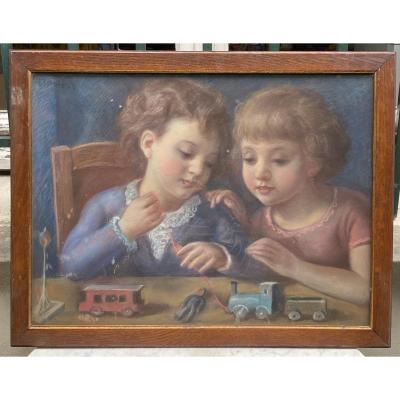
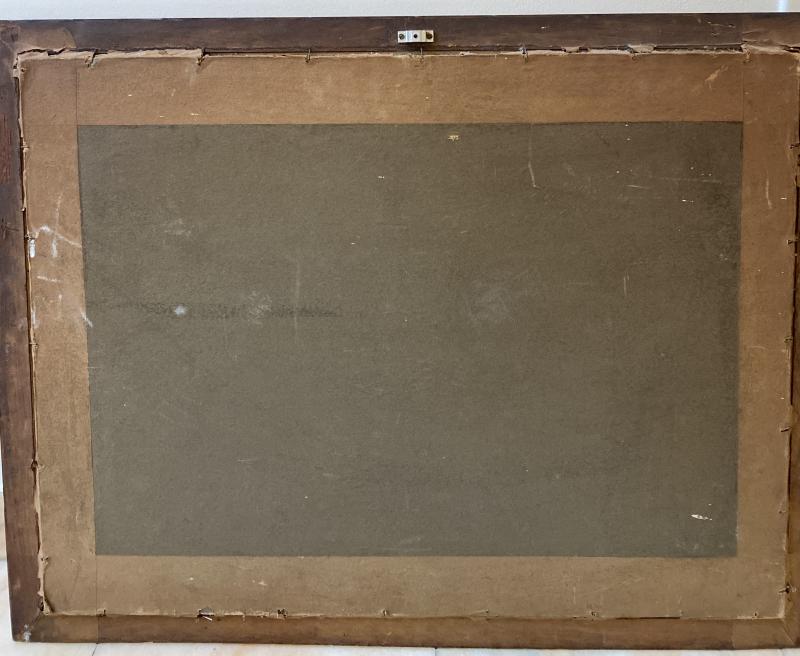
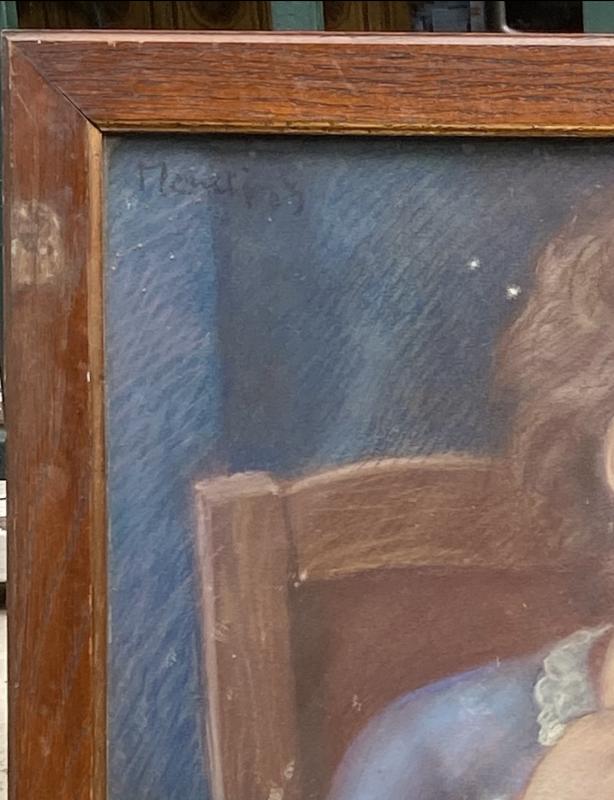

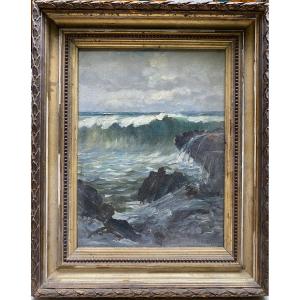



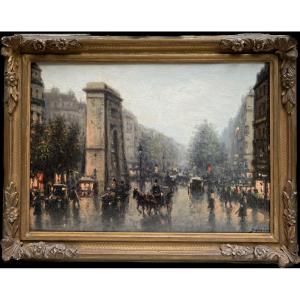





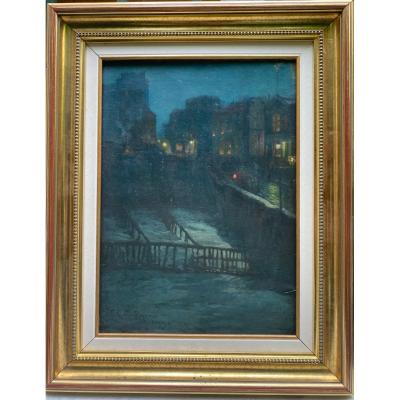
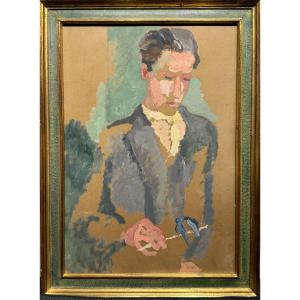





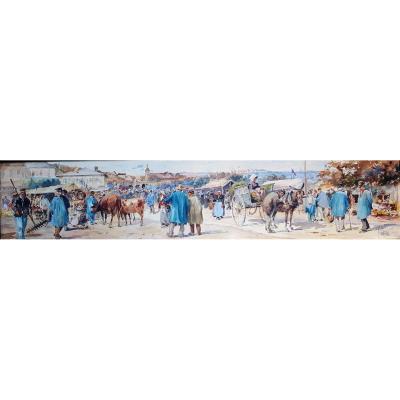

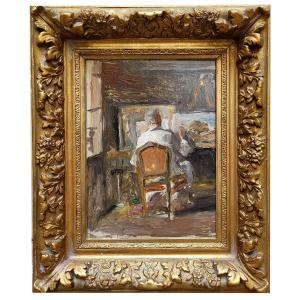



 Le Magazine de PROANTIC
Le Magazine de PROANTIC TRÉSORS Magazine
TRÉSORS Magazine Rivista Artiquariato
Rivista Artiquariato